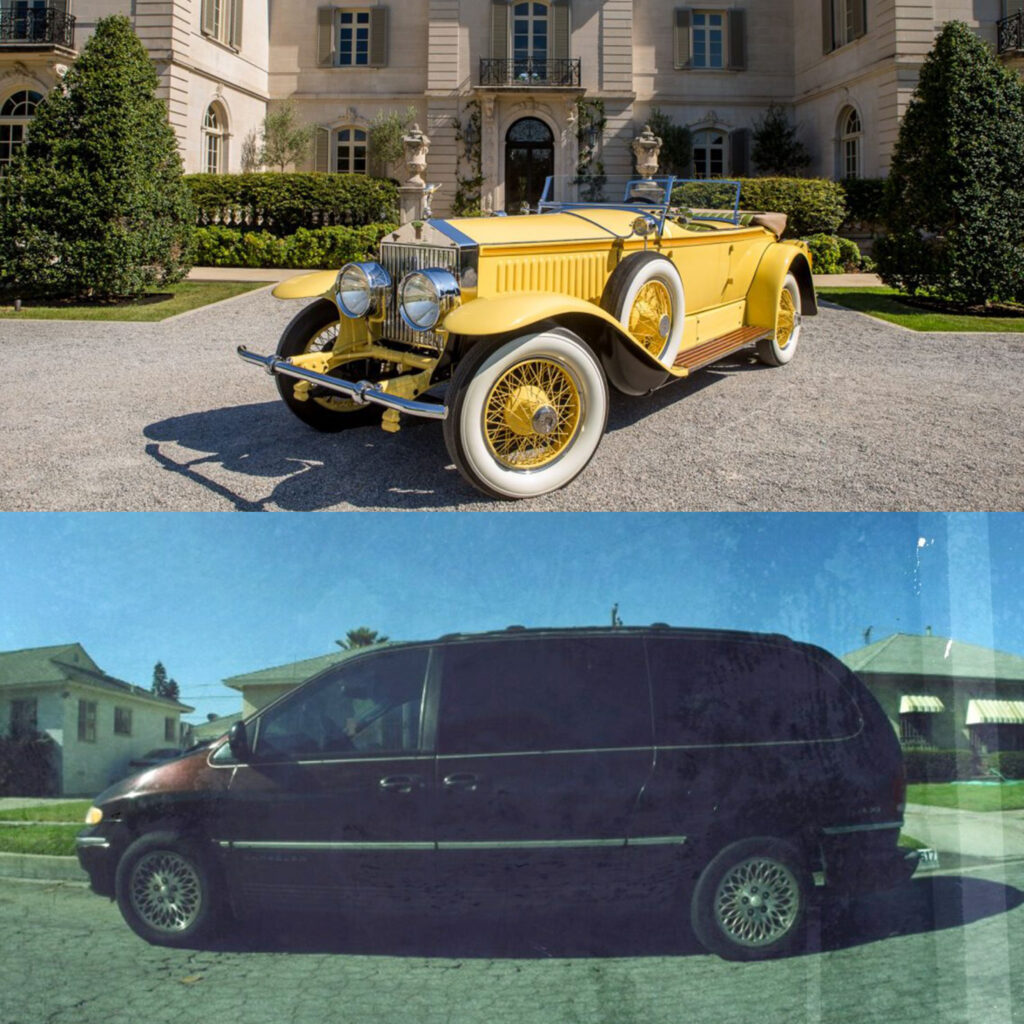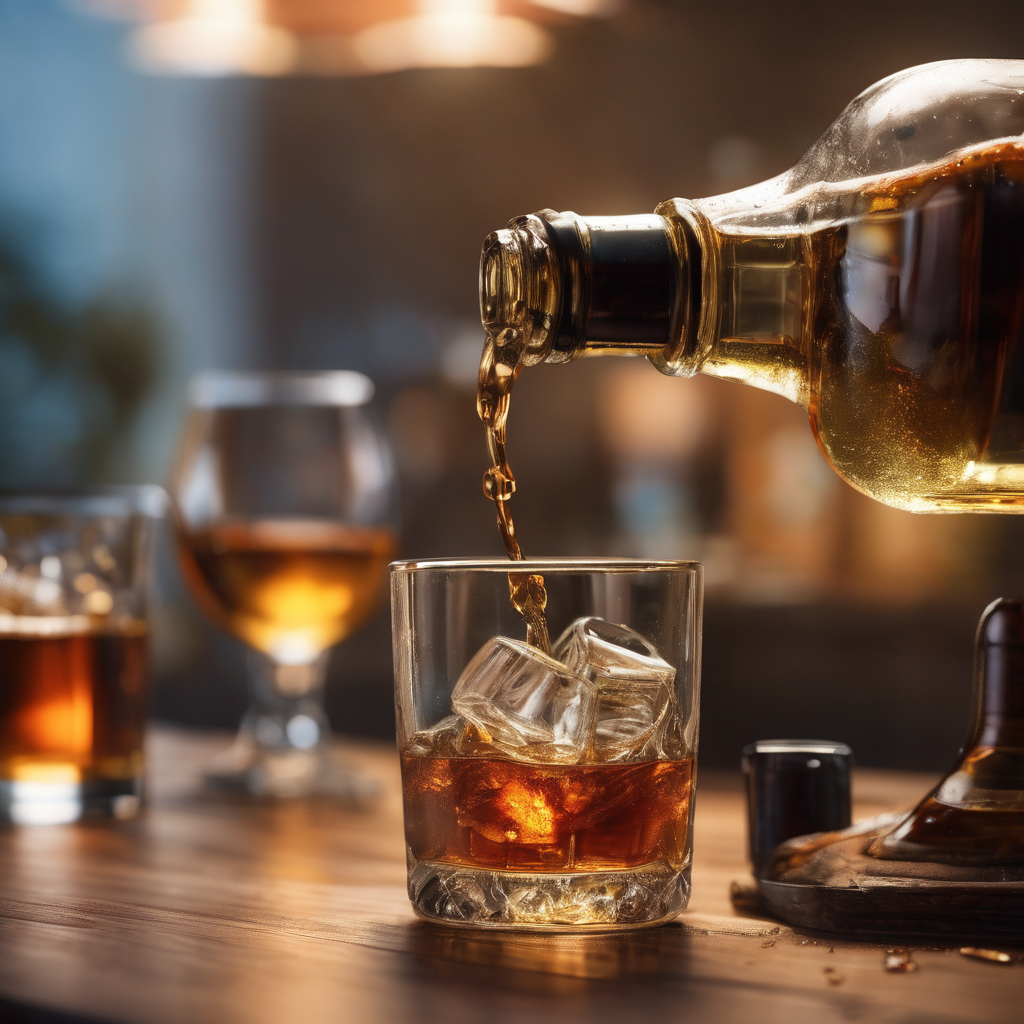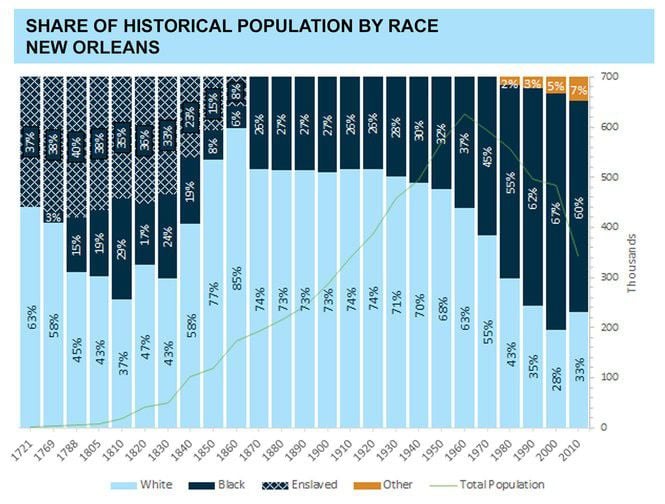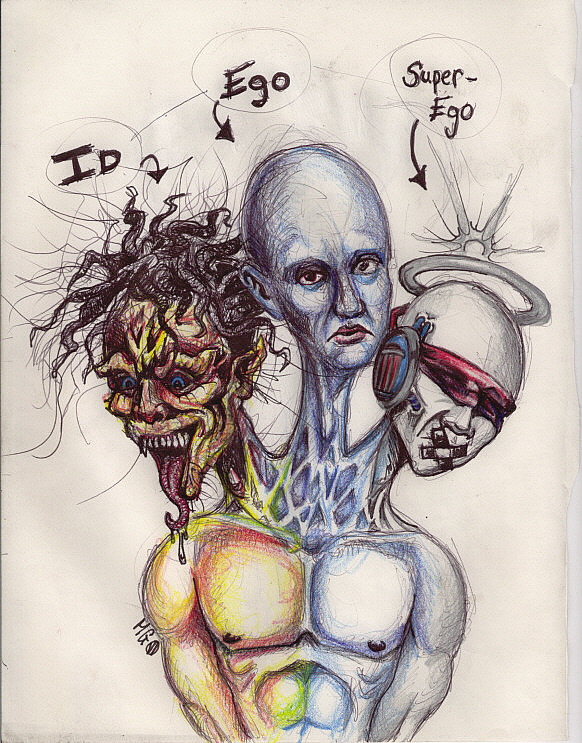My 21st century Gatsby is Kendrick Lamar, a Compton based writer and rapper. His songs, specifically the one I am focusing on in my writing—Swimming Pools— embodies the issues and conflicts within The Great Gatsby.

Growing up in Compton, California—a notorious location for gangs, violence, drugs, and poverty—Kendrick was predisposed to alcohol from a young age. Like Gatsby, he went from rags to riches through his career and created a new identity for himself. Furthermore, the importance of how these events impacted him and, in this case, how they impacted characters in The Great Gatsby such as Tom and Gatsby himself.
In Good Kid, M.A.A.D. City, the now-iconic van represents a metaphorical Sodom and Gomorrah where he indulges in sin and transforms into an immoral, worst version of himself. In To Pimp A Butterfly, his car becomes a literal Hell; the one thing keeping him from coming in contact with God.”
David Dennis, 2016
The album this song comes from is called, Good Kid M.A.A.D City and details his interactions in Compton that shaped his childhood into teenage years. The cover of the album is his family car that was used in their crimes that he has lots of memories with. In the same sense, the car of Gatsby was used in the murder of Myrtle, Toms car crash while he was having an affair (and assumed he was drinking), as well as the crash outside of Gatsby’s house due to their overindulgence in alcohol at his parties. Cars, were also used to transport Tom to and from the city with Myrtle to help him carry out his affairs, making cars an important part in crime for both Kendrick and the novel.

Gatsby made such a good living because of the chronic addiction of many people during the Prohibition era. His parties were free, elaborate, and most importantly—flowing with alcohol. In the chorus of Swimming Pools Kendrick states, “I wave a few bottles, and I watch ‘em all flock… I got a swimming pool full of liquor and they dive in it” People gravitate towards Gatsby’s house in the same way, and it certainly is not to just see him and converse with friends—it was the cocktails.
What better way to make something universal than to speak about drinking? I’m coming from a household where you had to make a decision—you were either a casual drinker or you were a drunk.”
Kendrick lamar
Much like the decisions Kendrick had to make about alcohol, neither of them included not drinking—it was a choice of a casual drinking or the abuse of it. Once Daisy entered her new class, she begins to drink though she was once sober. Once Nick indulges in outings with Gatsby and the Buchanans, he too, becomes a chronic drinker. For Tom, he was born into his wealth, and therefore born into making his choice to become a drunk.

More lyrics in the song state, “Now I done grew up round some people livin’ their life in bottles Granddaddy had the golden flask, backstroke everyday in Chicago some people like the way it feel, some people wanna kill their sorrow some people wanna fit in with the popular, that was my problem” He talks about how from a very earl age, he was surrounded by his closest family being heavy drinkers. In the image below, young Kendrick is seen at a table with his grandfather and family, where his bottle of milk is right next to a bottle of alcohol. He began to feel pressured into drinking alcohol because he wanted to fit in with his peers.

While the setting is at a house party in Compton, Kendrick accounts that he, “Took a sip, then another sip, then somebody said to me ‘— why you babysittin’ only two or three shots? Imma show you how to turn it up a notch, first you get a swimming pool full of liquor, then you dive in it’” This is one of his first accounts when he was older where he gives in to what people are doing around him, and spirals from there. Similarly, Gatsby’s party are flowing with alcohol—enough to fill a pool and surround yourself in it as well. Nick is a parallel to Kendrick in the way that he began to drink more and more throughout the novel despite not drinking much before being around those people.

Annotated Bibliography
Programming, S. (2016, January 28). Examining Rapper Kendrick Lamar’s Work Through a Literary Lens. WDET 101.9 FM. https://wdet.org/2016/01/28/examining-rapper-kendrick-lamars-work-through-a-literary-lens/#:~:text=In%20Good%20Kid%2C%20Maad%20City,coming%20in%20contact%20with%20God.
Kendrick Lamar – Swimming pools (Drank). (n.d.). Genius. https://genius.com/Kendrick-lamar-swimming-pools-drank-lyrics

/cdn.vox-cdn.com/uploads/chorus_image/image/67679831/669B2396.0.jpg)







